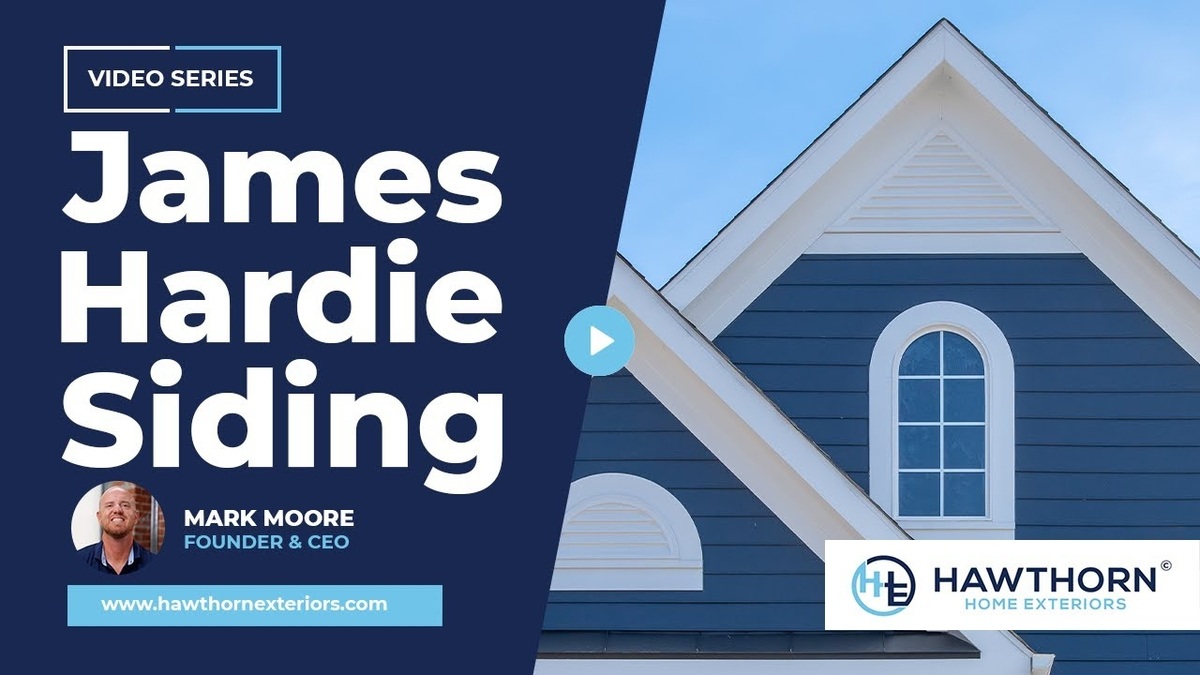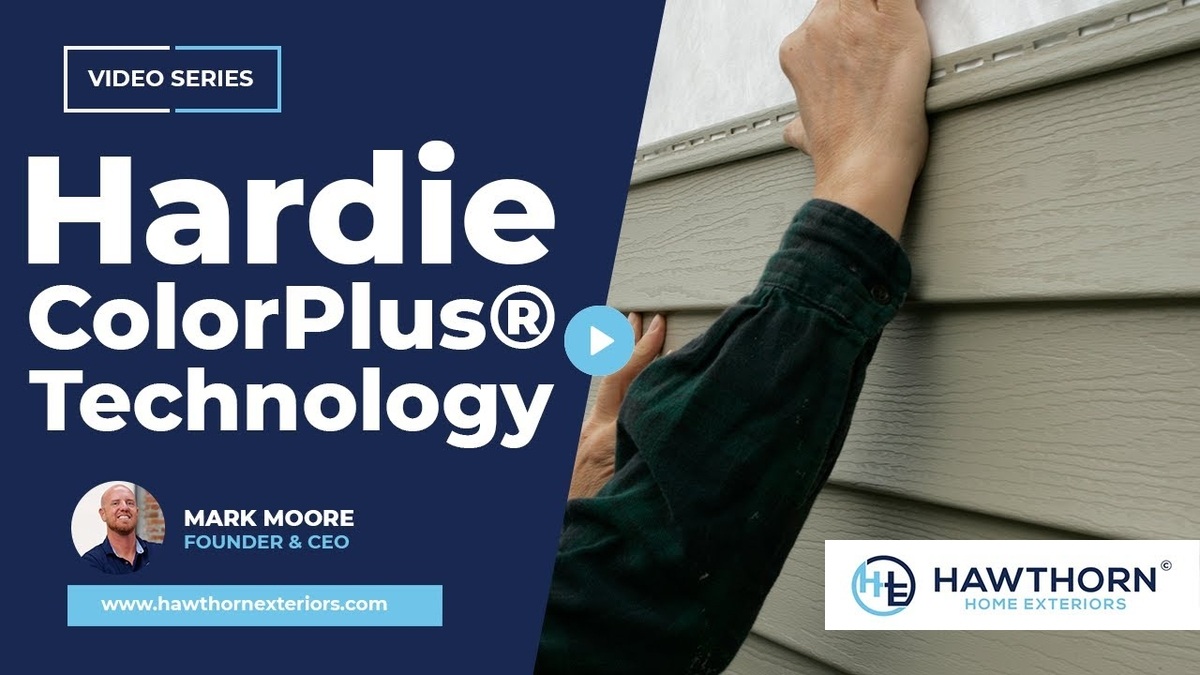Understanding the pros and cons of fiberglass doors can reveal a world of solutions tailored to common homeowner needs. With their unique composition and innovative features, fiberglass doors have made significant inroads in recent years. Especially for homes in St. Louis, where varied weather conditions can take a toll on exterior fixtures, understanding the benefits and challenges of these doors is paramount. This post will help shed some light on the details of fiberglass doors for your home, so you can make a more informed decision.
Pros of Fiberglass Doors
Fiberglass doors have carved a niche for themselves in the world of home exteriors. Their innovative construction and design-forward approach make them a sought-after choice for many. Looking at the common advantages, we find several compelling reasons homeowners lean toward these doors:
- Durability: Fiberglass doors are known for their resilience against wear and tear. Unlike wood, they don’t warp, rot, or swell, ensuring longevity even in fluctuating weather conditions.
- Energy Efficiency: With built-in insulation properties, fiberglass doors are great at maintaining indoor temperatures. This translates to potential energy savings, reducing heating and cooling costs for homeowners.
- Minimal Maintenance: Unlike wood which requires periodic staining or metal doors that might rust, fiberglass doors require very little upkeep. A simple wipe-down or occasional repainting suffices.
- Design Flexibility: Fiberglass doors can mimic the look of natural wood, or metal, or even have customized patterns. Their adaptability in design means homeowners don’t have to compromise on aesthetics.
- Security: Fiberglass doors offer excellent resistance against forceful entry, thanks to their solid construction. This makes them a reliable choice for homeowners prioritizing security.
- Resistance to Elements: Be it St. Louis‘s summer heat or winter chill, these doors stand firm against elemental challenges, ensuring consistent performance year-round.
Cons of Fiberglass Doors
While fiberglass doors offer a plethora of advantages, they are not without their set of challenges. Being an informed homeowner means understanding the full spectrum of what to expect. Here’s a look at some potential drawbacks:
- Initial Cost: Fiberglass doors tend to have a higher upfront cost compared to some traditional door materials. While they may offer long-term savings through durability and energy efficiency, the initial investment can be steep for some.
- Feel and Sound: While they can mimic the look of natural wood or other materials, the tactile sensation and sound of closing a fiberglass door differ from those of solid wood or metal doors. Some homeowners prefer the heft and solid sound of traditional materials.
- Limited Repairs: While they are durable, if a fiberglass door gets deeply scratched or dented, repairing it can be more challenging than fixing a wooden door. In some cases, replacement might be the only viable option.
- Fading: Prolonged exposure to direct sunlight can sometimes cause the color of fiberglass doors to fade over time, necessitating repainting.
- Temperature Sensitivity: In extremely hot conditions, dark-colored fiberglass doors can become hot to the touch, a factor worth considering if the door will be exposed to direct sunlight.
Trust The Local Leader In Door Installation With Your Fiberglass Door Project
Fiberglass doors offer a combination of cutting-edge design, lasting durability, and energy efficiency. For homeowners in St. Louis, where specific climatic conditions play a role in home maintenance choices, understanding these doors is crucial. As you consider the pros and cons of fiberglass doors, reach out to Hawthorn Exteriors, and we can help you make a decision that aligns perfectly with the needs of your home and family.






